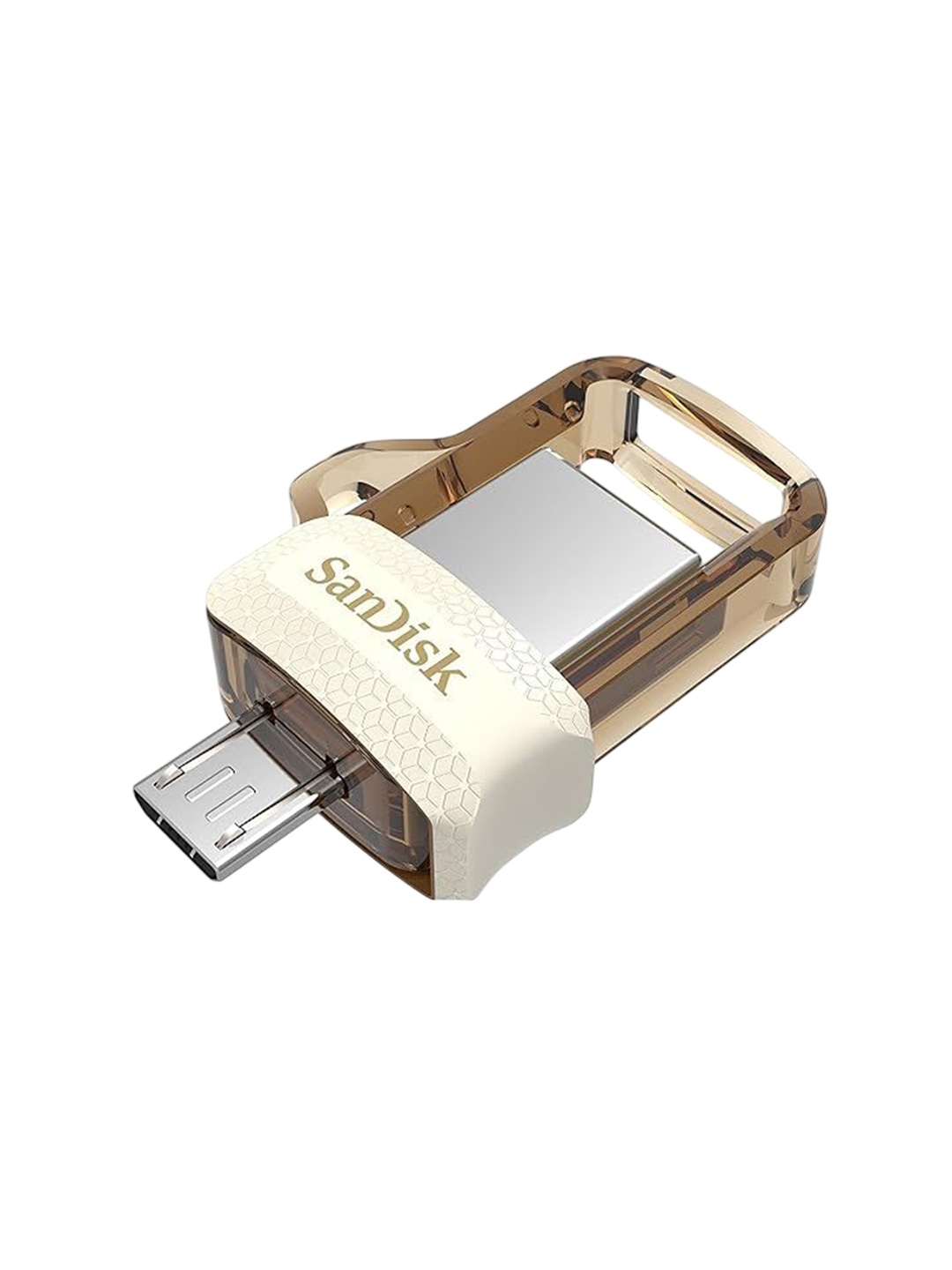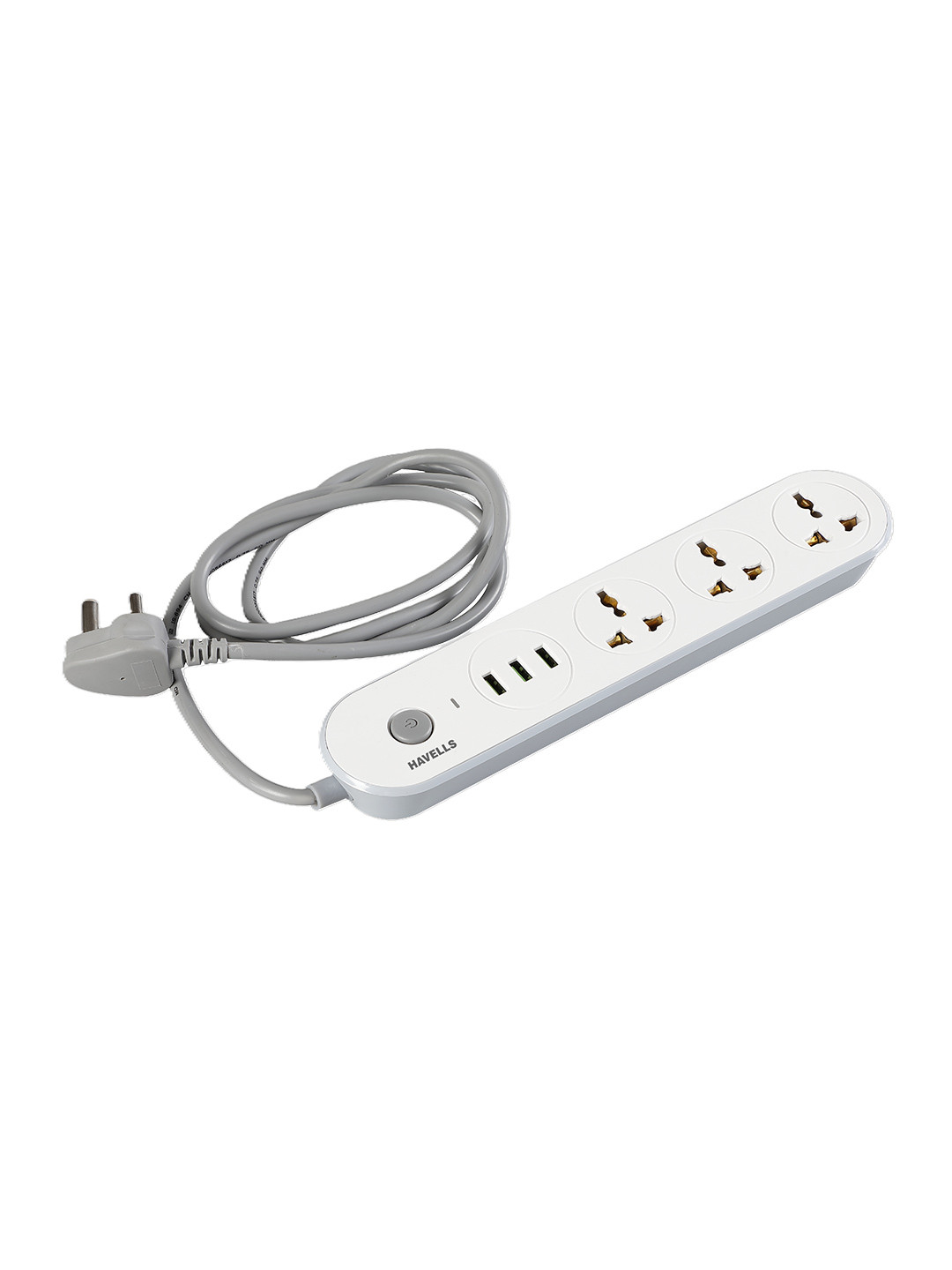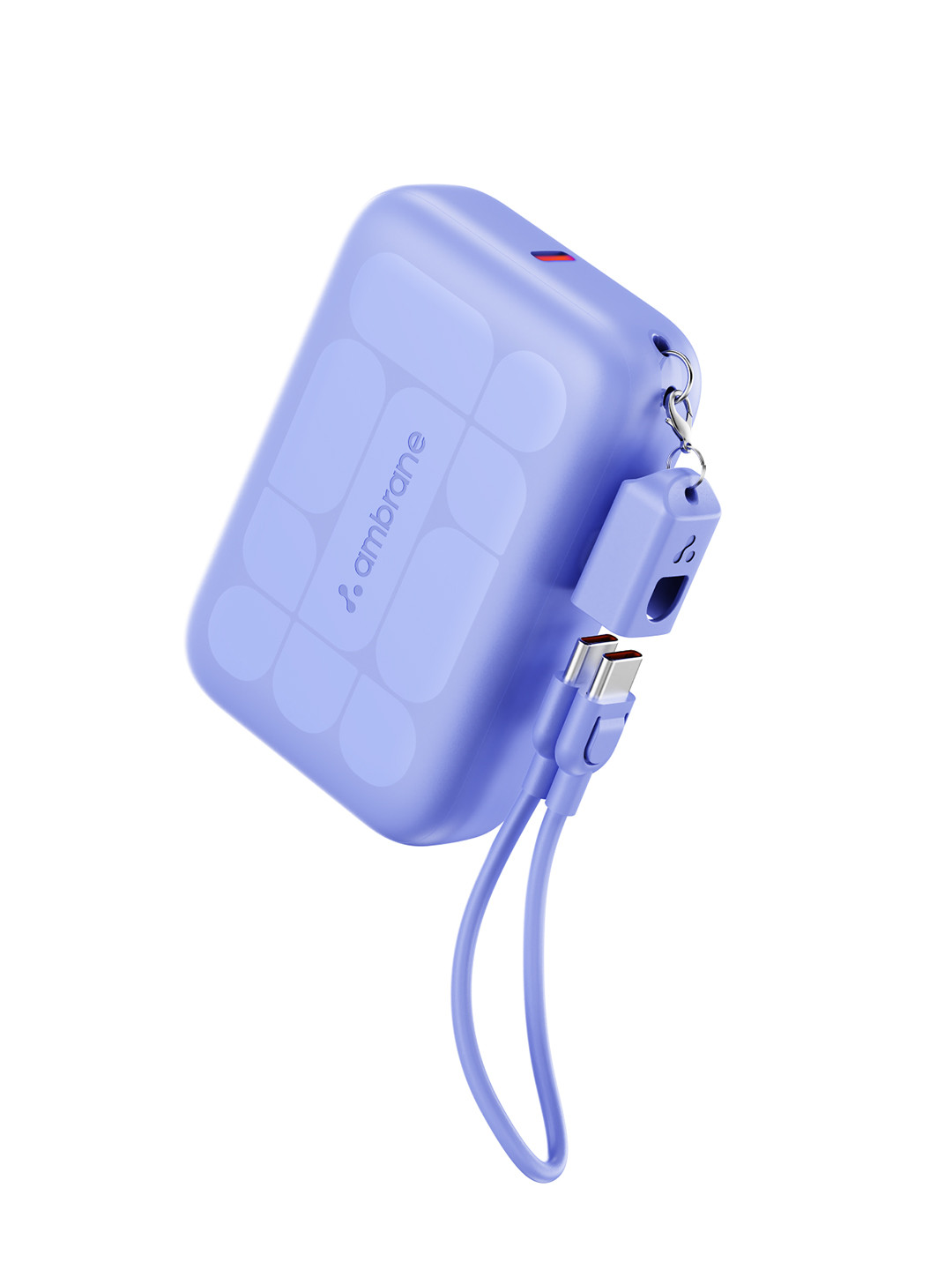Printer Problems?: Here Are Solutions To 8 Common Problems We Face During Printing
Printers are essential tools, offering convenience and efficiency, yet they are notorious for causing frustration when things go wrong. This guide offers practical solutions to common printer problems so you can troubleshoot like a pro.

8 Common Problems We Face During Printing
There's nothing quite like the feeling of sitting down to print a last-minute document, only to be greeted by an error message or a printer that refuses to cooperate. Whether you're working from home, printing out reports for school, or just making copies of important documents, printers can quickly turn helpful gadgets into major headaches. We've all been there- staring at a flashing light, trying to figure out whether it's the printer or the paper that's misbehaving.
However, don't panic! With a bit of patience and the right knowledge, you can easily troubleshoot and solve the most common printer issues. This guide walks you through the most frustrating problems and provides simple solutions to get your printer back on track. Let's dive in and transform you from a printer newbie into a seasoned technician!
1. Tackling The Dreaded Paper Jam
Few things test your patience quite like a paper jam. Whether it happens at the worst possible time-Printer Problems?: Here Are Solutions To 8 Common Problems We Face During Printingmid-print or during a critical presentation—or you've had it happen once too often, a jam is a guaranteed headache. But before you start thinking about throwing your printer out the window, let's break it down.
To fix a paper jam, first, turn off your printer. This will prevent you from causing any further damage or harming your fingers when reaching into the machine. Next, open the printer's access panel carefully and check for any stuck paper. Make sure to remove the jammed paper slowly and steadily to avoid tearing it. Small bits of paper can get lodged in the rollers or other parts of the printer, so check those areas too. If necessary, use a pair of tweezers to pull out any stubborn bits.
Preventing future jams is a lot easier than you might think. The trick is to avoid overloading the paper tray. Check the alignment of your paper and make sure it isn't too thick or folded. Use high-quality, properly sized paper and fan it out before loading it to prevent static build-up. A little attention to detail can save you from frequent jam-related frustrations.
2. Dealing With Fading Or Poor Print Quality
Have you ever printed a document only to find that it looks like it's been through a few too many washes? Fading ink, streaks, or uneven print quality is a common issue, and it can make your documents look unprofessional. Luckily, resolving this problem is often a simple task.
Start by checking your ink or toner levels. Low ink can cause faint prints or faded text, so if you're running low, it's time for a refill or replacement. If the ink levels are fine, then it's likely the printhead that's clogged. Over time, ink can dry up and clog the tiny nozzles that spray the ink onto the page. Most printers have a built-in cleaning function that you can run directly from the settings menu. This will clear out any clogs and get your prints back to their sharp, crisp best.
If cleaning doesn't solve the problem, try manually wiping the printhead with a lint-free cloth lightly dampened with warm water. Be gentle and avoid using excessive pressure, as the printhead is delicate. Also, don't forget about the type of paper you're using—cheap or non-compatible paper can lead to poor ink absorption, resulting in smudged or faded prints. Opt for high-quality paper that is specifically designed for your printer to achieve professional-looking results.
3. Resolving Connectivity Issues
There's nothing more frustrating than trying to print something, only for your printer to refuse to connect to your computer or Wi-Fi network. Whether you're working with a wireless or wired connection, printer connectivity issues can leave you feeling helpless. Fortunately, most connectivity problems can be fixed with a few quick checks.
Start by ensuring your printer is turned on and that your Wi-Fi network is functioning properly. For wireless printers, confirm that both your printer and your device (laptop, smartphone, etc.) are connected to the same network. Sometimes, printers can get confused if there are multiple networks available, so double-check that you're connected to the right one.
If you're using a wired printer, check the USB or Ethernet cable for any damage or loose connections. Try unplugging and re-plugging the cable to ensure it's securely attached. If the connection still doesn't work, reset both your printer's and your device's network settings, then attempt to reconnect. For wireless printers, you can also try assigning the printer a static IP address, which helps prevent it from disappearing from your network.
4. Clearing Ghosted Images Or Smudges
If your prints are coming out with faint copies of text or images ghosted in the background, it could be due to a toner issue or excess ink. Ghosting happens when residual ink from the printhead is left on the drum unit, causing faint images to appear in unexpected places.
To resolve ghosting, start by checking the toner cartridge. If it's running low, replacing it may resolve the issue. If the toner cartridge is fine, it's time to check the drum unit, which may need a thorough cleaning. Using a soft, lint-free cloth, gently wipe down the drum to remove any excess toner. Make sure the drum is free of debris or dust, as this can also contribute to smudging.
Smudges can also occur when the ink or toner isn't drying properly. This usually happens if you're using incorrect paper or settings. Adjust the printer's temperature settings for your paper type to ensure that the ink or toner adheres properly and dries quickly. If you frequently encounter smudges, consider using paper that's designed specifically for your printer model to avoid this issue.
5. Solving The Mystery Of Unresponsive Printers
An unresponsive printer can feel like it has a mind of its own. It's there one moment, and then suddenly, it just stops printing. Before you assume that your printer has gone rogue, let's troubleshoot the issue step-by-step.
First, check the basics: Is the printer powered on? Are all the cables securely connected? Is there paper in the tray? It may sound trivial, but these simple steps often resolve the issue. If the basics check out, try restarting both your printer and your computer. Sometimes, a simple reboot is all it takes to get things working again.
If restarting doesn't do the trick, check your printer's queue for any stuck print jobs. In your device's settings, open the print queue and cancel any pending or stuck jobs. Outdated drivers can also be a culprit. Visit the printer manufacturer's website and download the latest driver updates for your model. Installing new drivers often resolves issues with connectivity and responsiveness.
6. Handling Frequent Error Codes
There's nothing more perplexing than staring at a printer error code and having no idea what it means. These cryptic numbers and letters often seem to appear out of nowhere. The good news? Most error codes are easily solvable once you understand what they mean.
When you encounter an error code, refer to your printer's user manual or search online for the code. Many manufacturers have extensive online resources, and chances are, someone else has faced the same issue. For common problems like a “paper jam” error when there is no paper jam, try resetting your printer and restarting the print job. Often, the error code is simply a glitch.
If the error persists, it might indicate a more serious issue, such as a faulty sensor or a deeper software issue. In this case, resetting your printer to factory settings can help. Be sure to back up any important settings or configurations before performing a reset. If all else fails, contacting customer support is the next step.
7. Preventing Overheating During Long Print Runs
High-volume printing can lead to overheating, especially if your printer isn't designed for such tasks. Overheating not only damages your printer's internal components but also results in incomplete prints or poor-quality output. To avoid this issue, try breaking large print jobs into smaller batches. This allows the printer to cool down between runs and prevents overheating.
Ensure your printer is placed in a well-ventilated area. Keeping the printer in an enclosed or cramped space can trap heat and cause problems. Regularly check the printer's vents to ensure there's no dust or debris obstructing airflow. If overheating is a common issue, consider upgrading to a more robust model designed for high-volume printing.
8. Maintaining Your Printer For Longevity
Maintaining your printer is crucial for ensuring it runs smoothly for years to come. Like any piece of equipment, regular care and cleaning can extend its lifespan and improve performance. Begin by wiping down the exterior of the printer with a soft, lint-free cloth. For the interior, use a blower to remove dust and particles that can affect the printer's function.
Replace ink or toner cartridges before they run completely dry to prevent damage to the printhead. Regularly clean the printhead, as dirt and ink residue can accumulate over time, leading to clogged nozzles and poor print quality. Don't forget to update the printer's firmware. Manufacturers release updates to fix bugs, improve performance, and add new features.
When the printer is not in use, switch it off to conserve energy and protect the internal components. Taking these simple steps ensures your printer stays in tip-top shape for as long as possible.
Products Related To This Article
1. brother DCP-T820DW Multi-function WiFi Color Ink Tank Printer With Auto Duplex Feature Ideal For Home And Office Usage
2. HP Smart Tank All-In-One 583 Multi-Function WiFi Colour Ink Tank Printer
3. HP LaserJet Tank MFP 1005w Printer Multi-Function WiFi Monochrome Laser Printer With Voice Activated Printing Google Assistant
4. Canon LBP6030W Single Function WiFi Monochrome Laser Printer
5. HP LASERJET PRO P1108 PLUS Single Function Monochrome Laser Printer
6. Canon ImageCLASS MF3010 Multi-Function Monochrome Laser Printer
7. HP DeskJet Plus Ink Advantage 6075 Multi-Function WiFi Color Inkjet Printer With Voice Activated Printing Google Assistant And Alexa For Scan, Duplex And Automatic Double-Sided Print
8. Epson L4260 Multi-Function WiFi Color Ink Tank Printer
Printers don't have to be a constant source of frustration. Armed with the right knowledge and a bit of patience, you can tackle the most common issues with ease. Whether it's a pesky paper jam, an unresponsive device, or faded prints, these solutions can help restore your printer to full functionality. By maintaining your printer regularly and staying ahead of potential problems, you'll be able to enjoy hassle-free printing for years to come. So, the next time you encounter a printer mishap, you'll know exactly what to do-no stress, no drama, just smooth printing.
Disclaimer: The images used in this article are for illustration purposes only. They may not be an exact representation of the products, categories and brands listed in this article.




























